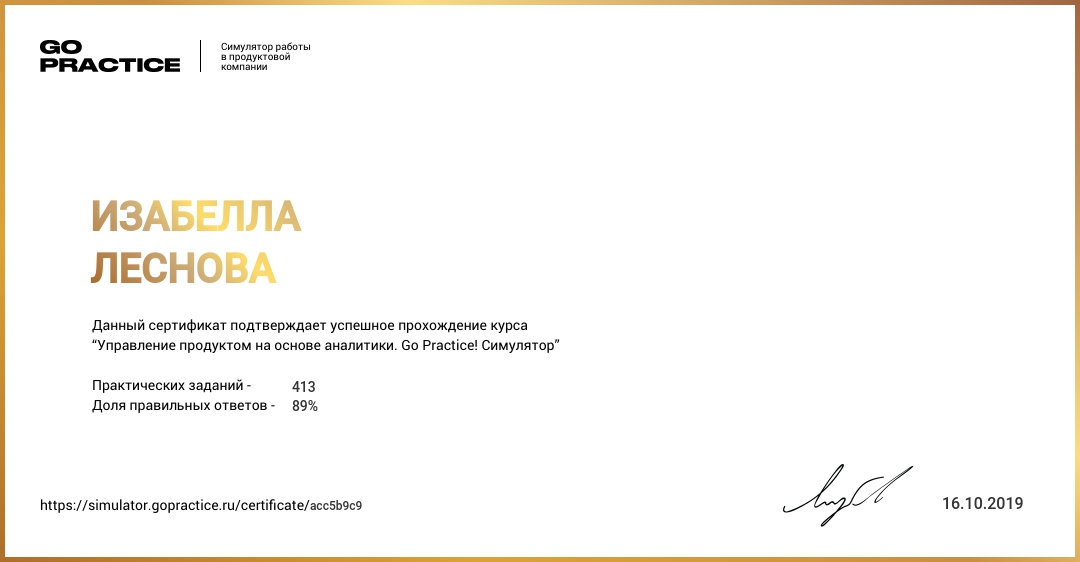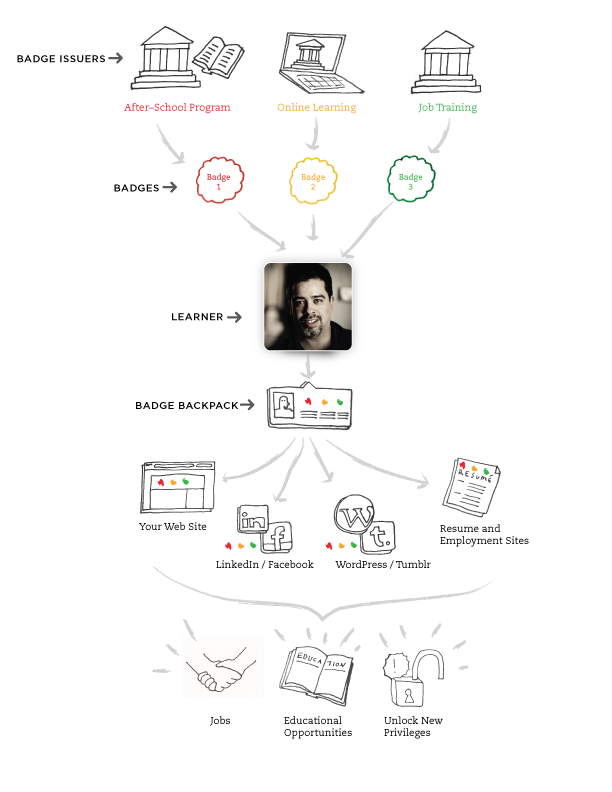
More than 100 years have passed. Diplomas of most organizations to this day do not differ from those issued in the 19th century. It would seem that since everything works so well, then why change something? However, not everything works well. Paper certificates and diplomas have serious flaws due to which time and money are lost:
- To issue paper diplomas is long and expensive. You need to spend money on their design, special paper, printing and mail delivery.
- A paper diploma is easy to fake. If you make it difficult to fake, adding watermarks and other methods of protection, then the price of creation increases greatly.
- Information on issued paper diplomas needs to be stored somewhere. If there is a hack into the registry, which stores information about the issued documents, then it will be impossible to verify their authenticity. Well, it happens that databases are hacked.
- Certificate Authentication Requests are handled manually. Because of what the process is delayed for weeks.
Some organizations solve these problems by issuing digital documents. They can be of the following types:
- Scans and photographs of paper documents.
- PDF certificates.
- Digital certificates of various kinds.
- Digital certificates issued on a single standard.
We will analyze each view in more detail.
Scans and photographs of paper documents
Although you can store them on a computer and quickly send them to other people, to create them you need to release paper ones first, which does not solve the problems listed.
PDF certificates
Unlike paper, they are already much cheaper to produce. You no longer have to spend money on paper and going to the printing house. However, they are also easy to change and fake. Somehow even I did it myself :)
Various types of digital certificates
For example, certificates issued by GoPractice:

Such digital certificates already solve most of the problems described above. They are cheaper to produce and harder to fake, as they are stored on the organization’s domain. They can also be shared in social networks, which attracts new customers.
However, each organization issues its own kind of diploma, which does not integrate with each other. Therefore, to demonstrate their skills, people have to attach a bunch of links and a folder with pictures to the resume. From this it’s hard to understand what exactly a person can do. Now the resume does not demonstrate real competencies. 10,000 completed product management courses have the same certificate but different knowledge
Digital certificates issued on a single standard
There are two such standards: Open Badges and Verifiable Credentials.
In 2011, the Mozilla Foundation introduced the Open Badges standard. The idea underlying it is to combine any training programs, courses and lessons available on the Internet using an open standard that is issued to participants at the end of the course.
Verifiable credentials is an open source standard that is being prepared for adoption at W3C (the consortium that regulates standards on the Internet). Already now graduates of Harvard, MIT, IBM and others graduate on it.
Digital certificates issued on a single standard are better than analogs as follows:
- They are completely electronic: they cannot be ruined, torn, lost or forgotten on the bus.
- They are programmable: the certificate can be revoked, renewed, set the auto-renewal logic or the limit on the number of uses, the certificate can be supplemented and changed throughout life, and can depend on other certificates or events.
- 100% user controlled. Data from a digital certificate cannot be leaked during the next hack of Sberbank or Sony, it is not stored in state registers and poorly protected data centers.
- Significantly more difficult to fake. The security of public cryptography is auditable and well-known, and when was the last time you checked the authenticity of a signature or seal? Have you ever been tested at least once in your life?
- Certificates issued on this standard can be written to the blockchain. So even if the issuing organization ceases to exist, diplomas will be available.
- They can be shared in social networks, which will provide new customers. And all statistics about views and reposts can be collected.
The principle of digital certificates can be represented as follows:

Over time, when more and more organizations move to a single standard, it will be possible to create a digital competency profile, where all the certificates and diplomas received by a person will be displayed. This will allow you to create personalized training, selecting the courses necessary for a particular person. The time for selecting employees will also be reduced, as HR specialists will be able to automatically check whether a person has the necessary skills, without checking whether the person wrote the truth in the resume.
In subsequent articles, we will describe in more detail about the technology and specific cases of its application.